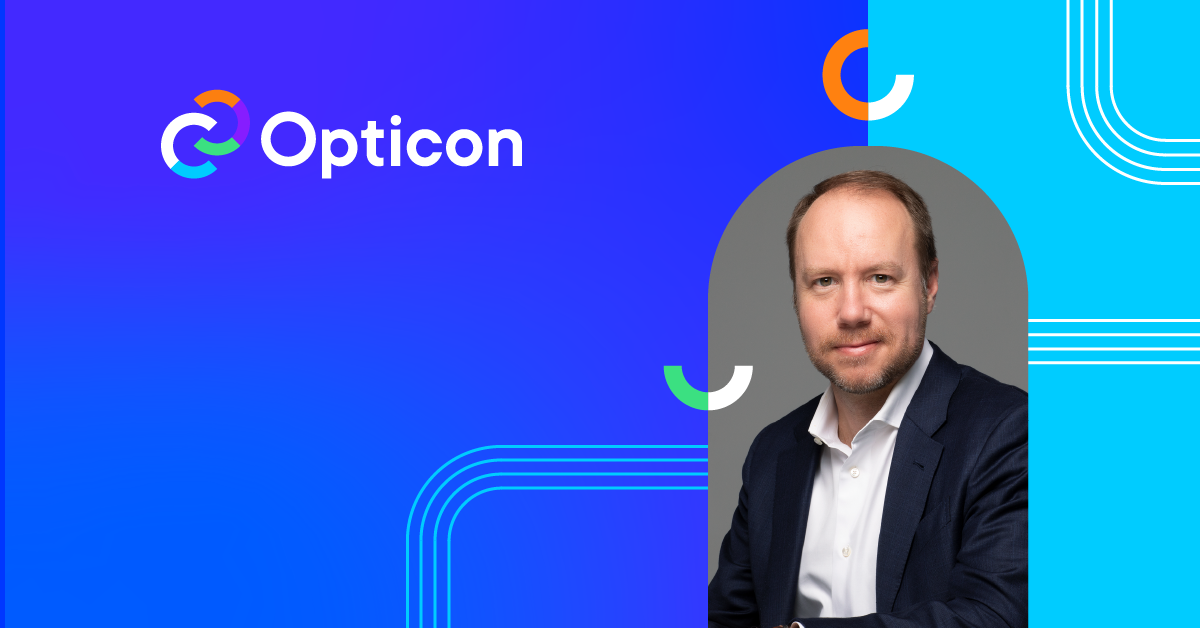MARKETING
Reinventing how marketing works – Optimizely

Most marketers feel hindered rather than helped by technology, despite the fact that in 2021, digital marketing appeared as the top item on Deloitte’s list of “12 areas of responsibility for a CMO.” Success is tied to measurable performance, and robust data is non-negotiable when capturing customers’ attention.
However, creativity is cramped when the information marketer’s need is scattered across charts, folders, platforms and links. Marketers are entrusted with the company website and app, although they’re unable to make meaningful changes. With no system for setting priorities and no shared vocabulary for even discussing the process, collaborating with coworkers who have that capability is frustrating and nonintuitive.
A great customer experience requires a great marketer experience. If we’re to imagine a world where marketers and digital teams are unlimited in what they can accomplish, we have to reinvent how marketing works. It’s high time for a real digital experience platform (DXP), a single platform that powers inclusive collaboration throughout the entire content lifecycle. Embrace science to inform creativity, and turn your boundless digital potential into boundless digital invention.
When we were first inspired to define a new category in the digital marketing space, we looked outward. But as we closely examined the terms several other companies use to describe what they do, one thing became clear: a general confusion surrounding what makes a great DXP.
Our unique product and solution capabilities have always been the differentiators that set us apart from other DXP offerings. Ultimately, it was a deep-dive inward that captured the singular way we unleash potential, transform digital experiences, and drive business success.
So, what exactly do we do for our customers?
We enable companies to confidently create content.
Creating great digital experiences with confidence begins with our science-led approach to experience creation. The ability to test content, layouts and customer journeys removes guesswork and enables better decision making. Contextualized data drives fearless creativity, fueling more inventive and impactful experiences, faster.
We empower inclusive collaboration.
One team no longer owns the digital experience. Our inclusive, interconnected platform is the foundation for meaningful collaboration, experimentation and ideation across marketing, digital marketing, product teams and engineers. By enabling bold and diverse perspectives from multiple remote teams to integrate along the entire content lifecycle, the best ideas and outcomes can rise to the top.
We unlock customer foresight.
Customer-centricity is at the heart of every great digital experience. Access to the right data unlocks true personalization at scale. Our purpose-built optimization engine with embedded intelligence and intuitive experimentation enables you to know who your customer is and what they want even before they’ve registered on your site. Create the most impactful personalized experiences at the right time, as well as continuously predict and recommend the next best action for customers.
Defining a new market
For too long, a maze of tools and systems have stifled creativity and progress, leaving voices out and value behind. When we combine confident creation with inclusive collaboration and clear insight into customer behaviors, there’s no limit to what you can do.
Boundless is an unusual word—and that’s why it’s powerful.
Boundless describes the “why” behind what we do at Optimizely. When digital teams become boundless in what they can achieve, it means you become boundless in the innovation you can drive for your business.
Digital marketing is a melding of worlds; digital marketers strive to marry creativity and science, marketing and product. They want to be data-driven, and yet create innovative content and campaigns. What’s another word for process-minded creation? Invention.
Boundless Digital Invention
Welcome to the world’s only DXP designed to help reinvent how marketing works.
Imagine an unlimited organization. An organization that isn’t afraid to be ambitious because it’s founded on quick iteration and easy experimentation. Imagine an organization without needless complexity, one that can focus on simple, powerful outcomes. Imagine an organization that has a shared understanding of the customer that anybody can access and understand. Imagine an organization that never leaves revenue on the table.
Each digital journey is part of something bigger. When you begin embracing boundless digital invention, your digital and marketing leaders get data where and when they need it. They get to create content with the confidence that it’s going to be relevant, while your customers get richer digital experiences.
Boundless Digital Invention is grounded in our capabilities. Boundless Digital Invention is not short-lived or narrow but expansive and enduring. Boundless Digital Invention is Optimizely.

















